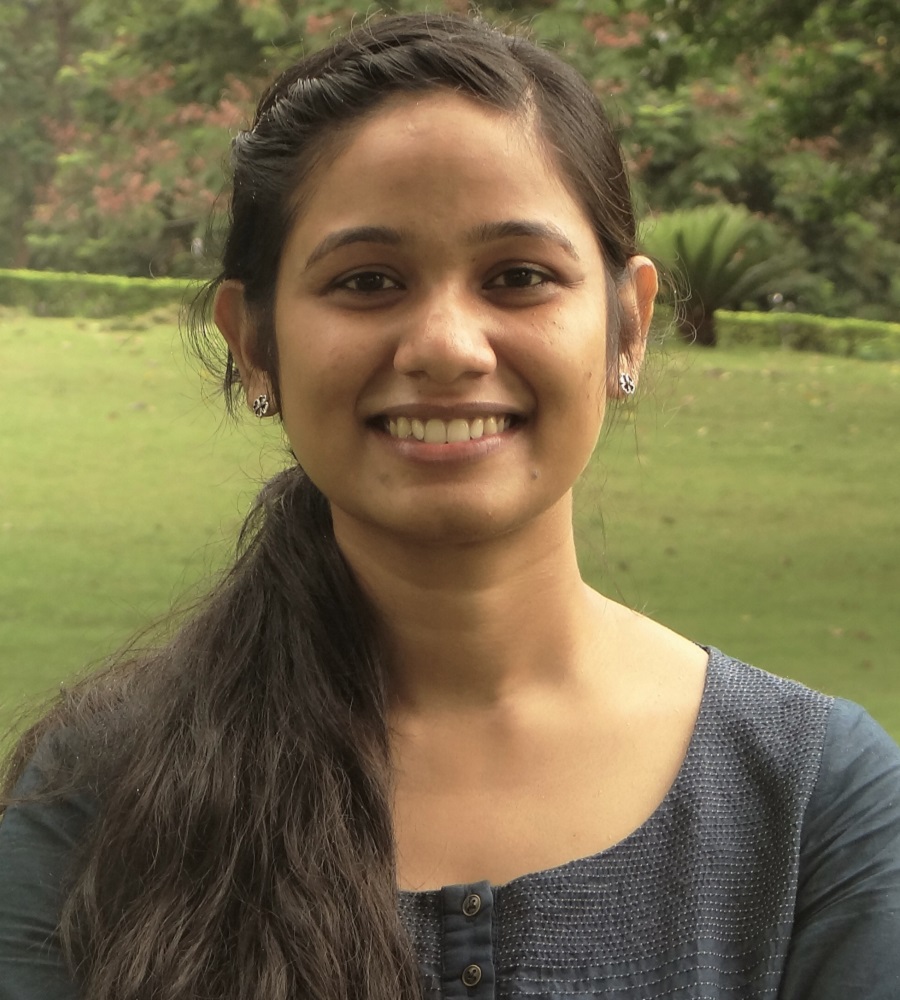Monika Rajput, Ph.D.
Intramural Research Training Award Postdoctoral Fellow
Division of Preclinical Innovation
Early Translation Branch
Contact Info

Biography
Monika Rajput, Ph.D., is an Intramural Research Training Award postdoctoral fellow in the Early Translation Branch within NCATS’ Division of Preclinical Innovation. In this capacity — working under Emily Lee in the Antiviral Program for Pandemics as a member of the Advanced Models and Cell Discovery Assay Group and NCATS’ 3-D Tissue Bioprinting Program — she uses 3-D bioprinting and microfluidics technology to develop 3-D in vitro viral-diseased tissue models for drug discovery and screening for personalized medicine.
Prior to joining NCATS in 2021, Rajput was a postdoctoral fellow at the Indian Institute of Science in Bangalore, India, where she developed a 3-D hydrogel-based system for bone tissue engineering using dynamic light processing and 3-D printing technology. She also developed antiviral masks using a polymer and biofabrication approach.
Rajput earned her doctorate in biomaterials and tissue engineering from the Indian Institute of Technology in Kharagpur, India, where she studied the influence of biophysical and biochemical cues on differential behavior of healthy and diseased primary and secondary cells to develop a smart therapeutic patch for full-thickness wound healing to reduce the chance and prevent the recurrence of cancer after surgery.
Research Topics
Rajput’s research focuses on developing physiologically relevant, 3-D tissue engineered, high-throughput, vascularized blood barrier models using microfluidic (model on chip) and bioprinting technology to understand the pathophysiology of viral-based infectious diseases for drug discovery and screening.
Selected Publications
-
Light-Based 3-D Bioprinting of Bone Tissue Scaffolds with Tunable Mechanical Properties and Architecture from Photocurable Silk Fibroin
-
Honey Loaded Silk Fibroin 3-D Porous Scaffold Facilitates Homeostatic Full-Thickness Wound Healing
-
Differential Behavior of Normal and Fibrotic Fibroblasts Under the Synergistic Influence of Micropillar Topography and the Rigidity of Honey/Silk-Fibroin Substrates
-
Nano-Patterned Honey Incorporated Silk Fibroin Membranes for Improving Cellular Compatibility


